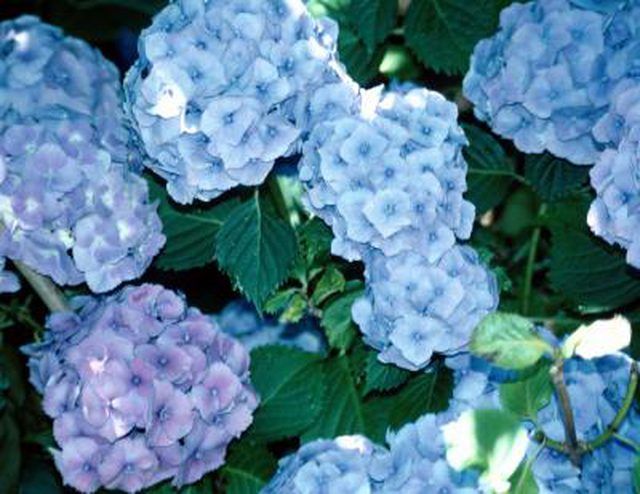Bulbs
Flower Basics
Flower Beds & Specialty Gardens
Flower Garden
Garden Furniture
Garden Gnomes
Garden Seeds
Garden Sheds
Garden Statues
Garden Tools & Supplies
Gardening Basics
Green & Organic
Groundcovers & Vines
Growing Annuals
Growing Basil
Growing Beans
Growing Berries
Growing Blueberries
Growing Cactus
Growing Corn
Growing Cotton
Growing Edibles
Growing Flowers
Growing Garlic
Growing Grapes
Growing Grass
Growing Herbs
Growing Jasmine
Growing Mint
Growing Mushrooms
Orchids
Growing Peanuts
Growing Perennials
Growing Plants
Growing Rosemary
Growing Roses
Growing Strawberries
Growing Sunflowers
Growing Thyme
Growing Tomatoes
Growing Tulips
Growing Vegetables
Herb Basics
Herb Garden
Indoor Growing
Landscaping Basics
Landscaping Patios
Landscaping Plants
Landscaping Shrubs
Landscaping Trees
Landscaping Walks & Pathways
Lawn Basics
Lawn Maintenance
Lawn Mowers
Lawn Ornaments
Lawn Planting
Lawn Tools
Outdoor Growing
Overall Landscape Planning
Pests, Weeds & Problems
Plant Basics
Rock Garden
Rose Garden
Shrubs
Soil
Specialty Gardens
Trees
Vegetable Garden
Yard Maintenance
How to Avoid Aphids on Hydrangea
How to Avoid Aphids on Hydrangea. Avoiding an aphid infestation on hydrangeas can save time, money and most importantly your hydrangeas. Aphids are tiny pear-shaped insects ranging in color from pale green to black. Equipped with mouth parts enabling them to pierce stems and leaves, aphids cluster under leaves and along stems where they drain their...

Avoiding an aphid infestation on hydrangeas can save time, money and most importantly your hydrangeas. Aphids are tiny pear-shaped insects ranging in color from pale green to black. Equipped with mouth parts enabling them to pierce stems and leaves, aphids cluster under leaves and along stems where they drain their plant host dry. Signs of aphid infestation include yellowing or withering leaves along with spots and small bumps along stems and branches. Closer inspection typically reveals an infestation of aphids.
Things You'll Need
Biological pest control, such as ladybug or lacewing larvae
Garden hose and water
Insecticidal soap
Establish hydrangeas in an area with optimal growing conditions. This encourages strong growth and reduces the potential for infestations of aphids. Healthy plants can survive some predation, while weaker plants in less than prime condition can more easily be damaged. Plant hydrangeas in rich, well drained soil exposed to partial sun. Hydrangeas planted in very hot or dry areas need more shade, but hydrangeas do best when they receive partial sun. Plant hydrangeas on the north side of your home; this provides enough light without scorching your plants. Water your hydrangeas as needed, but don't allow them to stand in water. Watering requirements increase or decrease according to climate conditions. Don't allow soil surrounding your hydrangeas to become dry between waterings.
Wash off your hydrangeas with your garden hose when watering them. Aphids are small pear-shaped insects that prefer the tender new growth of hydrangea plants; once the new growth becomes too thick and tough for the aphids to penetrate, they will move on. Inspect new growth on hydrangeas for aphids. Aphids often shield themselves from the sun by seeking the shadiest portions of a plant. Inspect the undersides of leaves and stems for clusters of aphids, which may be pale green to dark brown in color. Heavy infestations of aphids can cause plant leaves and stems to shrivel.
Use biological pest control for a safe and effective method of wiping out aphids. Release the beneficial insects in aphid infested areas according to the supplier's directions for your location. Using an Insecticidal soap product provides non-toxic aphid control if you prefer to remove aphids from hydrangeas without using beneficial insects or harmful chemicals. Insecticidal soaps work by soaking and suffocating aphids.They are non-toxic when sprayed on hydrangeas as directed.
Tips & Warnings
Watch for ants on your hydrangea plants, as they are attracted to the sticky by-product of aphids known as honey dew.
Chemical-based insecticides are available for dusting and spraying aphid infested plants. Beware of risks associated with these products; they can kill household pets and wildlife and can make humans ill if used incorrectly.
Verify that any insecticide product you're buying is safe for hydrangeas and intended for killing aphids.
Read and follow all labeling directions when applying anything other than clear water to your plants.
Gardening supply stores and websites, nurseries and your local university extension service can supply information about releasing and attracting beneficial insects native to your area.